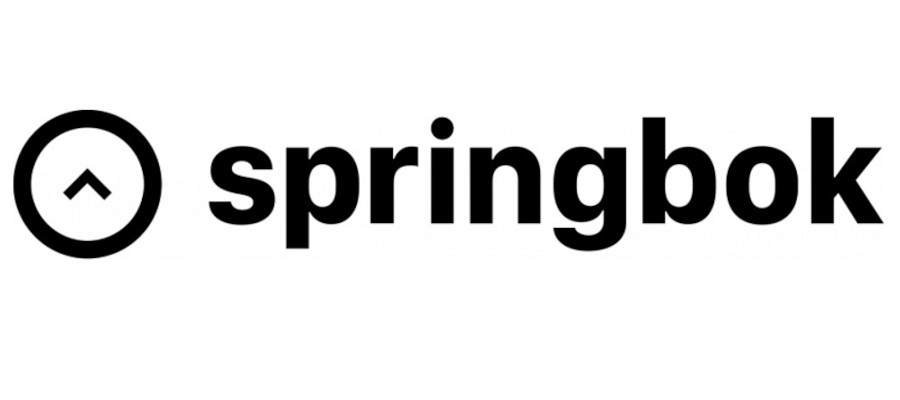
Springbok becomes the first agency in the Benelux to start sustainable web design
Although the climate emergency is at the top of the global agenda, the silent bad guy of this crisis, data pollution, often gets overlooked. Simply put, if the internet were a country, it would be the seventh most polluting country in the world, producing annual greenhouse emissions similar to that of the global airline industry. As a brand tech agency, we want to change this, which is why we have implemented a game-changing approach to building sustainable websites as part of our low-carbon web design initiative.
Sustainable web design is a new attitude towards building websites that puts our planet first. It focuses on reducing carbon emissions and energy consumption by using sustainable design to analyse and change the way web solutions are built.
Jeroen van Norren, Sustainable Design Director, Springbok: “Radical and fundamental changes are what we need at this point to make sustainability part of the very fabric of web design. I have made it both my personal and Springbok’s mission to help our clients reduce the environmental impact of their digital touchpoints."
Kim Verhaeghen, CEO and co-founder, Springbok: “At Springbok, we want (and need) to think about sustainability more by making a radical change in the way we design and build digital things. As such we want to be a frontrunner in the industry and lead the way for our clients and other agencies."
There are many things that can be done to eliminate data waste and improve efficiency. Most of these actions are not fundamentally difficult, they simply require attention to detail and careful thought in every aspect of design, content creation, development, and hosting. The five categories that can make or break the sustainable prospects of a website are:
Strategic analysis
Starting from day 1, we incorporate sustainability into every part of the website. For example, using lean or agile workflows to help streamline a build so that it requires fewer resources during the product’s lifecycle.
Additionally, something as simple as establishing a site’s weight budget reminds our developers that content should be kept to a minimum. To put this into perspective, the average web page is now 5MB, 26 times the size it was in 2003. This can add to user frustration when the web page is opened on a mobile device with slower processors and internet connections.
Findability and content
Simply put, helping people find your website easily isn’t just good marketing practice, it also helps reduce front-end energy consumption. The content of each page is another consideration. We’ve already seen how the weight of each page has an impact on the user experience. However, the amount of energy a website consumes is directly impacted by its content such as images, videos, motion content, and GIFs. In practice, the heavier the website, the higher the load on the user’s CPU, resulting in vastly greater energy consumption.
Design and UX
Good information architecture (IA) and user experience (UX) are considered from the outset as they have considerable influence over the environmental impact of a website. To give some examples, we simplify wireframing and user journeys and prioritise fonts and typography with shorter load times to reduce energy consumption.
Recently it was discovered that using dark colours and night mode can also make a significant difference. As Google Engineer Chris Banes said: “Running Google Maps in night mode reduce screen power draw by 63%”.
Sustainable development
Well-written code is more sustainable, more efficient, more reliable, more secure, easier to maintain, … If you can give the same instructions in 10 lines of code instead of 100, file sizes are automatically smaller, making it easier for the server to process.
Green hosting
Data centres use vast amounts of electricity to store and process data, so we choose to work with green data centres. We investigate their level of energy efficiency and ask about their commitment to using green energy sources. The greenest hosts strive to minimise negative environmental impacts and, as we strive to create a sustainable web, we should aim to use the greenest options available for web hosting.
Best of all, almost all these actions have at least two benefits. As well as improving energy efficiency, they also improve SEO, web performance, and/or user experiences. A more efficient website is a fundamentally better website.
As the people who are crafting digital experiences which require so much energy, we must be the ones to rethink our methods and outcomes.



